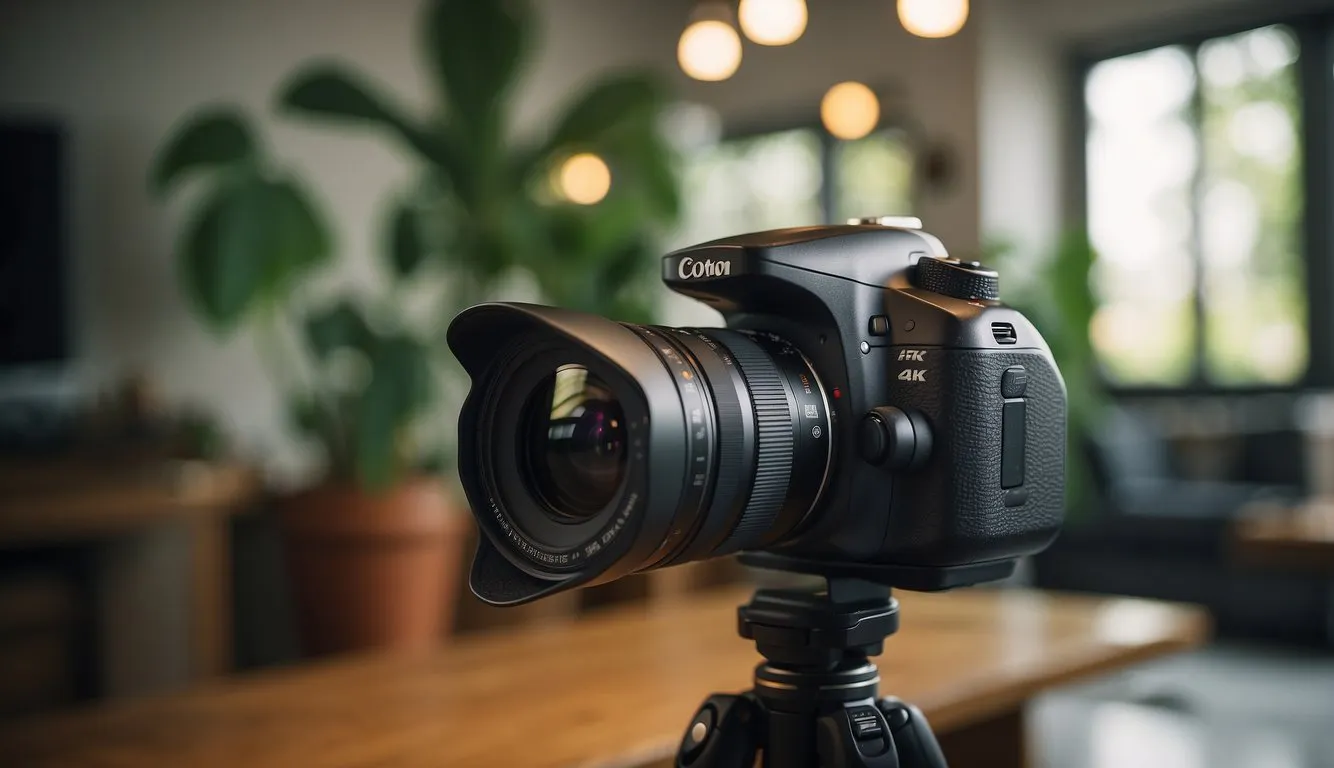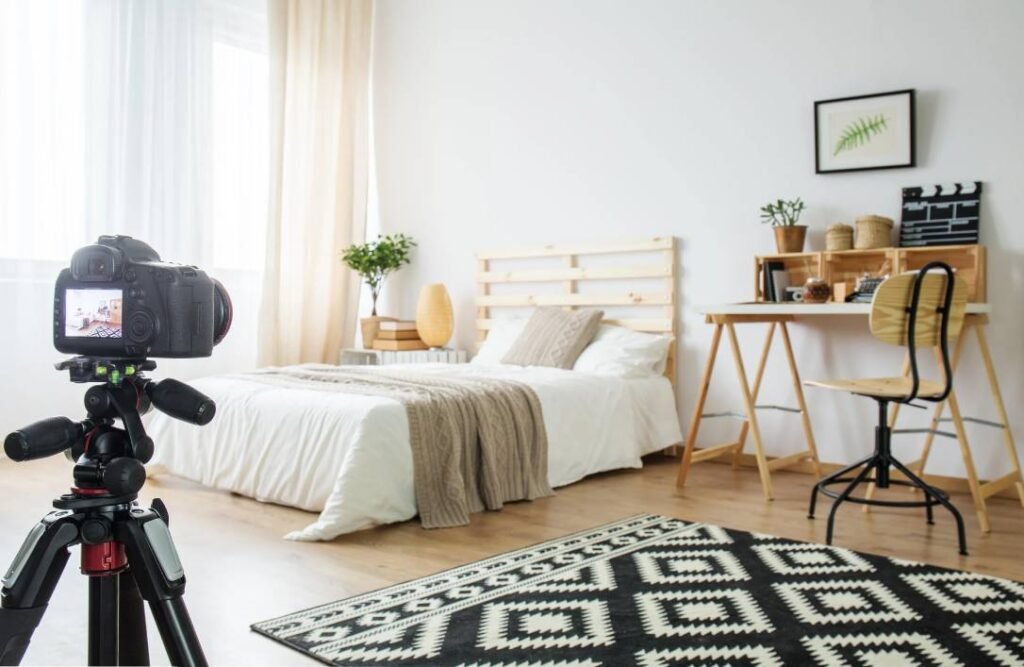A tripod is an invaluable tool for real estate photographers, offering numerous benefits that enhance the quality and consistency of property photos. From improving image stability to enabling precise control over camera settings, a tripod can make a significant difference in capturing high-quality real estate images. Here’s an in-depth look at the benefits of using a tripod for real estate photography.
1. Improved Stability and Sharpness
Reduced Camera Shake:
One of the primary advantages of using a tripod is the elimination of camera shake. Even the slightest movement can cause blur, especially in low-light conditions or when using longer focal lengths. A tripod provides a stable platform, ensuring that your photos are sharp and clear.
Consistent Image Quality:
A tripod helps maintain consistent image quality by reducing the risk of blurriness. This is particularly important for real estate photography, where clarity and detail are crucial for showcasing property features effectively.
2. Enhanced Composition and Framing
Precise Composition:
Using a tripod allows for precise composition and framing of your shots. You can take the time to adjust your camera’s position and angle, ensuring that the composition highlights the property’s best features.
Level Horizons:
Many tripods come with built-in level indicators, helping you achieve perfectly horizontal and vertical lines. This ensures that architectural elements are straight and that the overall composition looks professional and polished.

3. Better Control Over Camera Settings
Longer Exposure Times:
In low-light situations, such as evening or twilight shoots, longer exposure times are often necessary to capture the scene effectively. A tripod enables you to use longer exposures without introducing camera shake, ensuring well-exposed images.
Consistent Settings:
When using a tripod, you can maintain consistent camera settings across multiple shots. This is essential for creating a cohesive look in your photo series and for HDR (High-Dynamic-Range) photography, where multiple exposures are combined.
4. Facilitates HDR and Bracketing Techniques
Bracketed Shots:
For HDR photography, where multiple exposures are combined to capture a wider dynamic range, a tripod is crucial. It ensures that each exposure is perfectly aligned, preventing misalignment that can lead to ghosting or other artifacts.
Stable Alignment:
A tripod keeps your camera in a fixed position, making it easier to align bracketed shots and achieve seamless results in post-processing. This is especially important for capturing detailed and well-exposed images of real estate properties.
5. Greater Flexibility in Shooting Angles
Versatile Positioning:
Tripods offer flexibility in positioning your camera at various heights and angles. You can adjust the tripod’s legs and head to achieve low-angle shots, high-angle views, or elevated perspectives, allowing you to capture the property from different vantage points.
Steady Low-Angle Shots:
For unique perspectives, such as capturing floor details or emphasizing architectural features, a tripod helps you maintain stability and precision in low-angle shots, which might be challenging to achieve handheld.
6. Reduced Fatigue and Increased Comfort
Less Strain on the Photographer:
Holding a camera for extended periods can cause strain and fatigue. A tripod alleviates this burden by supporting the camera’s weight, allowing you to focus on composition and adjustments without physical discomfort.
Comfortable Adjustments:
With the camera mounted on a tripod, you can make adjustments to settings and framing more comfortably and efficiently. This enables you to take your time and ensure that each shot meets your standards.
7. Consistent Photo Series
Uniform Shots:
When photographing multiple rooms or angles of a property, a tripod ensures that all shots have a consistent perspective and framing. This uniformity contributes to a professional and cohesive presentation of the property.
Easier Comparisons:
A tripod allows for consistent alignment between shots, making it easier to compare and select the best images for your final selection. This consistency is crucial for creating a visually appealing and informative property listing.
8. Enhanced Professionalism
Polished Results:
Using a tripod contributes to a more polished and professional appearance in your real estate photos. The stability and precision it provides reflect positively on the quality of your work and the property being photographed.
Client Impressions:
Clients and potential buyers are more likely to be impressed by high-quality, sharp, and well-composed images. A tripod helps achieve these standards, enhancing your reputation as a skilled real estate photographer.
Conclusion
A tripod is an essential tool for real estate photography, offering numerous benefits that enhance image quality, stability, and consistency. By providing a stable platform, precise control over camera settings, and greater flexibility in shooting angles, a tripod helps you capture stunning property photos that showcase homes and buildings in their best light. Incorporate a tripod into your photography workflow to elevate the quality of your real estate images and deliver professional results.

